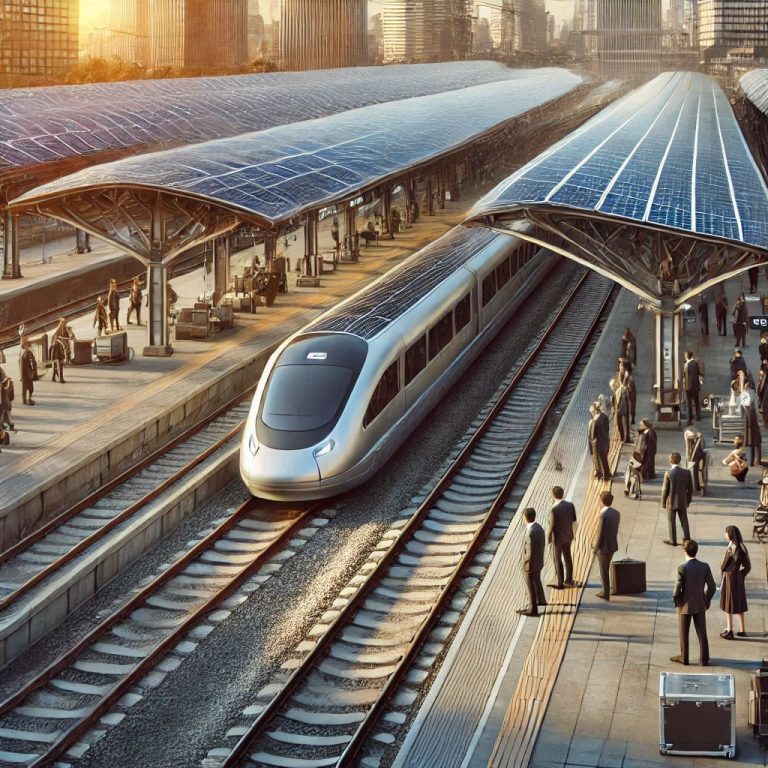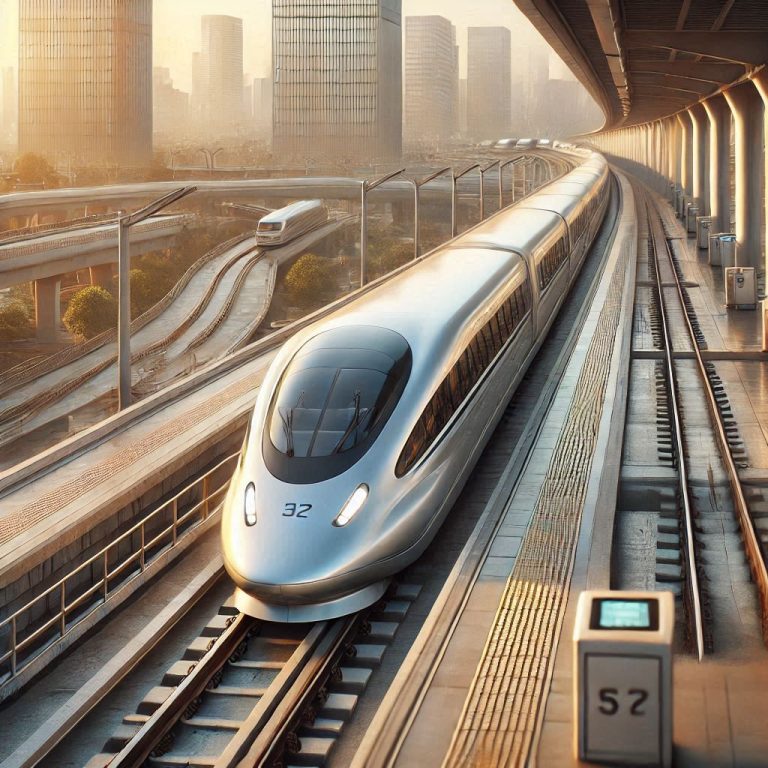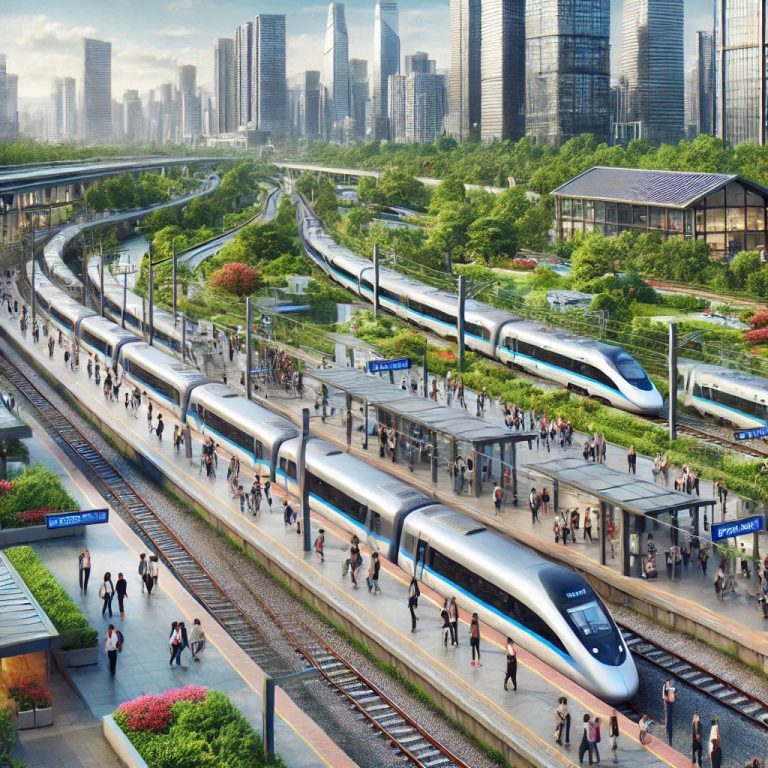
Introduction:
Maglev trains, short for magnetic levitation trains, represent a revolutionary leap in transportation technology. Unlike traditional trains that rely on wheels and tracks, maglev trains use powerful magnets to lift and propel the train above the track, eliminating friction and allowing for incredibly high speeds and smooth rides. The concept of magnetic levitation dates back to the early 20th century, but it wasn’t until the late 20th century that maglev technology began to be seriously developed and implemented. This guide will explore the origins of maglev trains, their development over the years, and their current status in the world of transportation.
The Origins of Maglev Technology.
The idea of using magnetic fields to levitate and propel vehicles was first proposed by German engineer Hermann Kemper in the 1930s. Kemper’s early designs laid the groundwork for future maglev systems, but it would take several decades before the technology could be practically implemented. During the 1960s and 1970s, researchers in Japan and Germany began experimenting with magnetic levitation for transportation, leading to the development of the first working prototypes.
Early Developments and Prototypes.
In the late 1960s, Japanese engineer Yoshiyuki Yamamura developed the first functional maglev model, known as the “Magnetic Levitation Railway.” By the 1970s, Japan had established a research group to further develop the technology, leading to the creation of the ML-100, a test vehicle capable of reaching speeds of up to 100 km/h (62 mph). Around the same time, Germany’s Transrapid project was also making significant strides, with the TR-02 prototype achieving speeds of 164 km/h (102 mph).
The Rise of Commercial Maglev Systems.
Japan’s maglev research culminated in the introduction of the MLX01, a high-speed test vehicle that eventually reached speeds of over 500 km/h (311 mph). In 2003, the world’s first commercial maglev line, the Shanghai Maglev Train, was launched in China. The Shanghai Maglev operates on a 30 km (19 mi) track between Shanghai Pudong International Airport and Longyang Road Station, achieving speeds of up to 431 km/h (267 mph). This landmark project demonstrated the feasibility of maglev technology for passenger transport on a large scale.
Advances in Maglev Technology.
Since the launch of the Shanghai Maglev, other countries have continued to invest in maglev research and development. Japan’s Chuo Shinkansen, also known as the Linear Chuo Shinkansen, aims to connect Tokyo and Nagoya with a high-speed maglev line capable of reaching speeds of 500 km/h (311 mph). The project is expected to be completed in the mid-2020s, significantly reducing travel times between the two cities. South Korea has also developed its own maglev system, the Incheon Airport Maglev, which began operation in 2016.
The Future of Maglev Trains.
While maglev technology offers several advantages over traditional rail systems, including higher speeds, reduced maintenance costs, and a smoother ride, its widespread adoption has been limited by the high cost of infrastructure. However, ongoing research and development continue to improve the technology and reduce costs. As countries seek more efficient and environmentally friendly transportation solutions, maglev trains hold the promise of transforming the future of rail travel.
Summary:
Maglev trains have come a long way since their inception in the early 20th century. The technology has evolved from experimental prototypes to fully operational commercial systems in countries like Japan, South Korea, and China. Maglev trains offer significant advantages over conventional rail systems, including higher speeds, reduced maintenance costs, and a smoother ride. Despite these benefits, the high cost of infrastructure and limited adoption have been barriers to widespread implementation. As research and development continue, maglev technology holds the promise of transforming the future of rail travel, offering faster, more efficient, and environmentally friendly transportation options.



